The Problem With Retinol—And Why So Many Quit Too Soon
Retinol is one of the most effective skincare ingredients for reducing fine lines, improving texture, and stimulating collagen. But let’s be honest: it can be intimidating. Peeling, dryness, and redness are all too common, especially if you're new to retinoids or have sensitive skin.
That’s where the Sandwich Method comes in.
What Is the Sandwich Method?
The Sandwich Method is a simple, dermatologist-recommended layering technique designed to minimize retinol irritation while maintaining its anti-aging benefits. It works like this:
-
Step 1: Moisturizer – Apply a gentle, hydrating moisturizer to clean skin.
-
Step 2: Retinol – Apply a thin layer of retinol or retinoid serum.
-
Step 3: Moisturizer Again – Top it off with the same moisturizer to lock in hydration and buffer the active ingredient.
Think of it as “padding” your skin before and after the retinol hits—kind of like cushioning a powerful workout with a warm-up and cooldown.
Why It Works: The Science Behind the Sandwich
Retinoids like retinol work by accelerating cell turnover, but this can also compromise the skin barrier, leading to irritation. Studies show that buffering retinol with moisturizer can reduce side effects without significantly reducing effectiveness (Chularojanamontri et al., 2016).
Key findings include:
-
Barrier protection: Moisturizers with lipids, ceramides, and humectants help protect the skin barrier against retinoid-induced dryness (Fang et al., 2024).
-
Maintained efficacy: Clinical studies suggest buffered retinol still stimulates collagen and reduces wrinkles effectively, even when layered between moisturizers (Farris et al., 2024).
-
Better compliance: Users are more likely to stick with retinol routines that feel comfortable and gentle on the skin (Gruber et al., 2020).
Who Is the Sandwich Method Best For?
-
Sensitive skin or conditions like eczema or rosacea
-
First-time retinol users easing into active skincare
-
Dry or mature skin types prone to barrier damage
-
Anyone looking for a gentler, more sustainable routine
How to Use Rejûvaskin Products in the Sandwich Method
Rejûvaskin’s formulas are developed with a focus on skin recovery, hydration, and clinical results—making them the perfect match for the Sandwich Method.
Step 1: Start with Skin Recovery Cream
This ultra-soothing moisturizer is packed with botanical lipids and ceramides to prep and protect your skin barrier. It calms irritation and ensures a smooth base for actives.
Step 2: Apply Retinoid Face Serum
Powered by a gentle retinoid blend (including HPR and bakuchiol), this serum delivers powerful results without the usual sensitivity. It's ideal for those building tolerance or looking to maintain healthy skin aging long term.
Step 3: Seal with Skin Recovery Cream Again
Reapply to lock in hydration and comfort. This final step also slows retinol absorption just enough to reduce flare-ups while preserving its potency.
Pro Tips for Success
-
Start slow: Use retinol 2–3 nights a week and increase gradually.
-
Always wear SPF: Retinol makes skin more sensitive to UV. Try Rejûvaskin’s Mineral Facial Sunscreen for gentle, non-irritating protection.
-
Avoid harsh exfoliants: Especially on nights you use retinol. Keep your routine simple and barrier-friendly.
If you’ve been avoiding retinol because of irritation—or gave up on it before—it’s time to reconsider. The Sandwich Method makes retinol more approachable, more consistent, and ultimately, more effective. And with the help of Rejûvaskin’s gentle, healing products, your skin can enjoy the glow, smoothness, and resilience that retinoids are famous for—without the burn.
Works Cited
-
Chularojanamontri, L., Tuchinda, P., Kulthanan, K., & Varothai, S. (2016). A double-blinded, randomized, vehicle-controlled study to assess skin tolerability and efficacy of an anti-inflammatory moisturizer. Journal of Dermatological Treatment, 27, 140–145.
Link -
Fang, Y., Ying, Y., Wei, X., Lin, S., Xu, C., Wang, C., Lin, D., & Yanan, L. (2024). Mitigation of retinol-induced skin irritation by physiologic lipids. Journal of Cosmetic Dermatology.
Link -
Farris, P. K., Berson, D., Bhatia, N., Goldberg, D., Lain, E., Mariwalla, K., ... & Kizoulis, M. G. (2024). Efficacy and tolerability of topical 0.1% stabilized bioactive retinol. Journal of Drugs in Dermatology, 23(4), 209–215.
Link -
Gruber, J. V., Stojkoska, V., & Riemer, J. (2020). Retinol has a skin dehydrating effect that can be improved by polysaccharides. Cosmetics.
Link
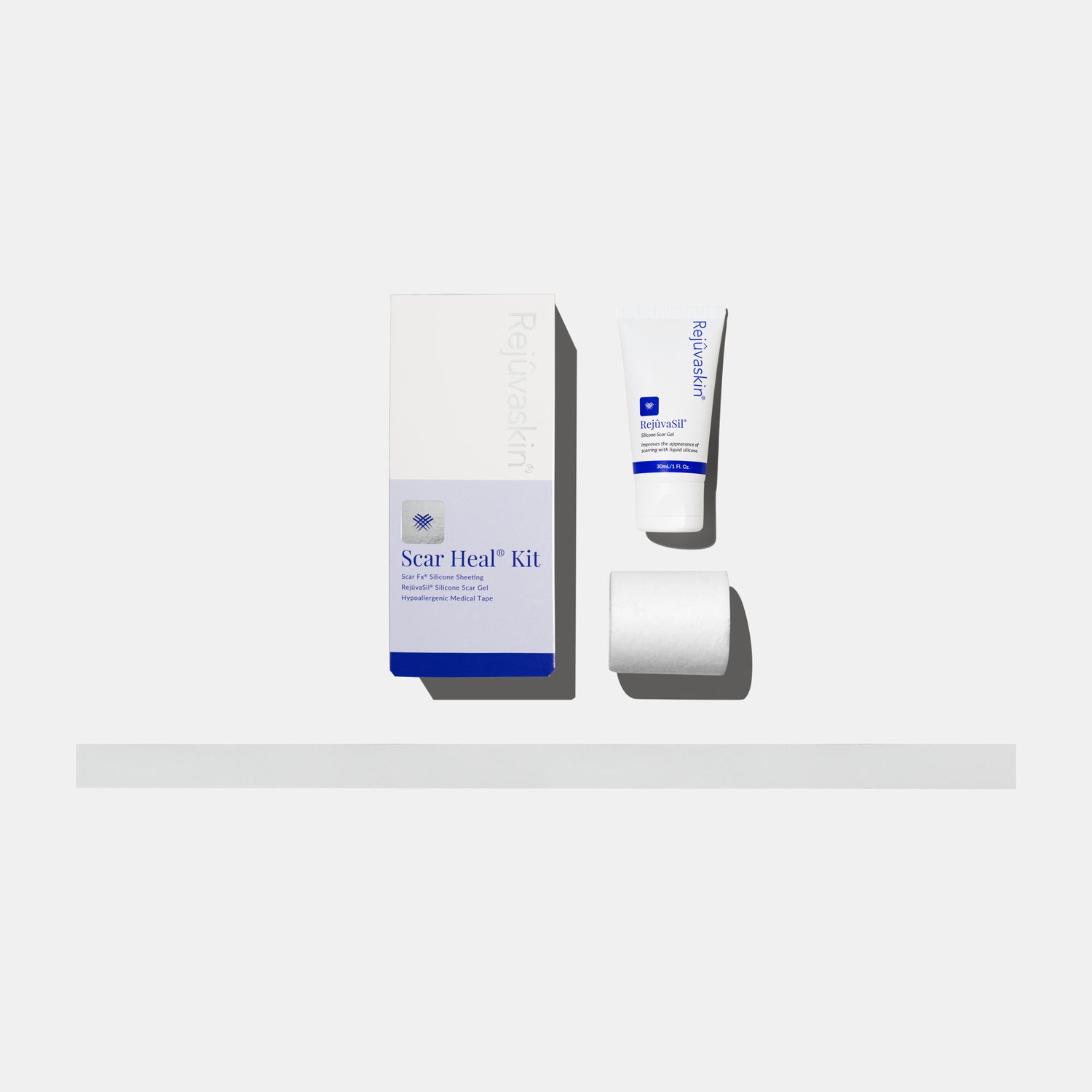


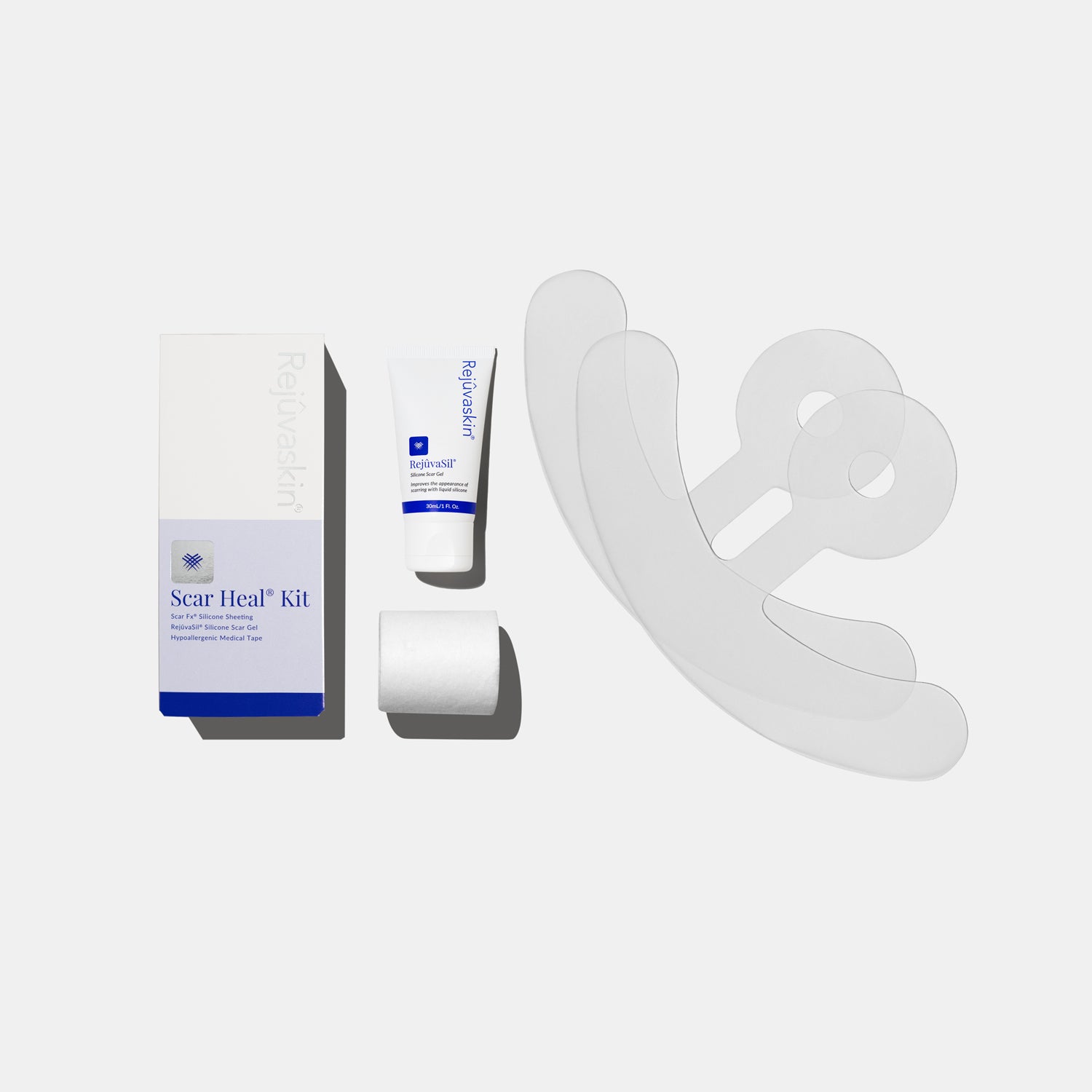
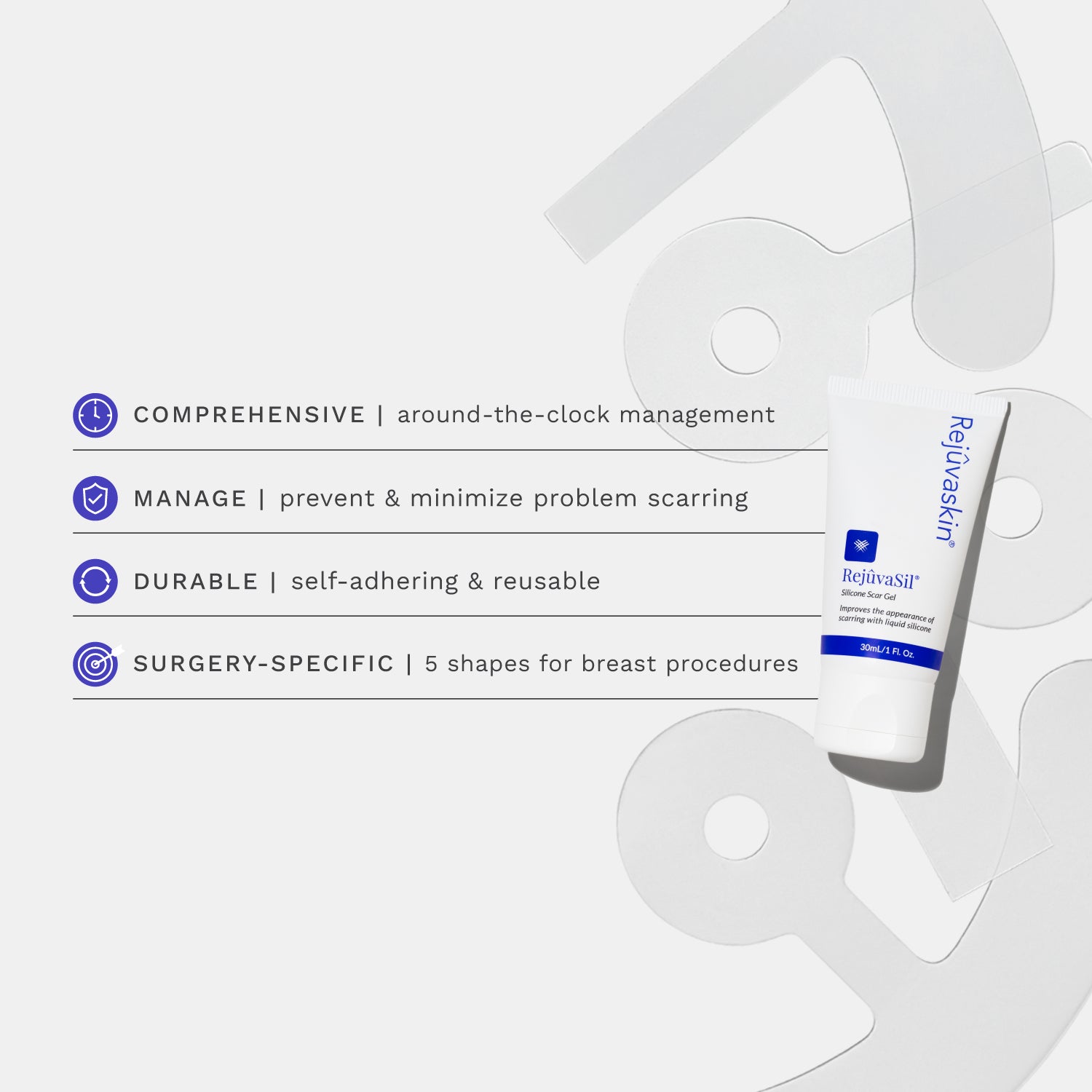
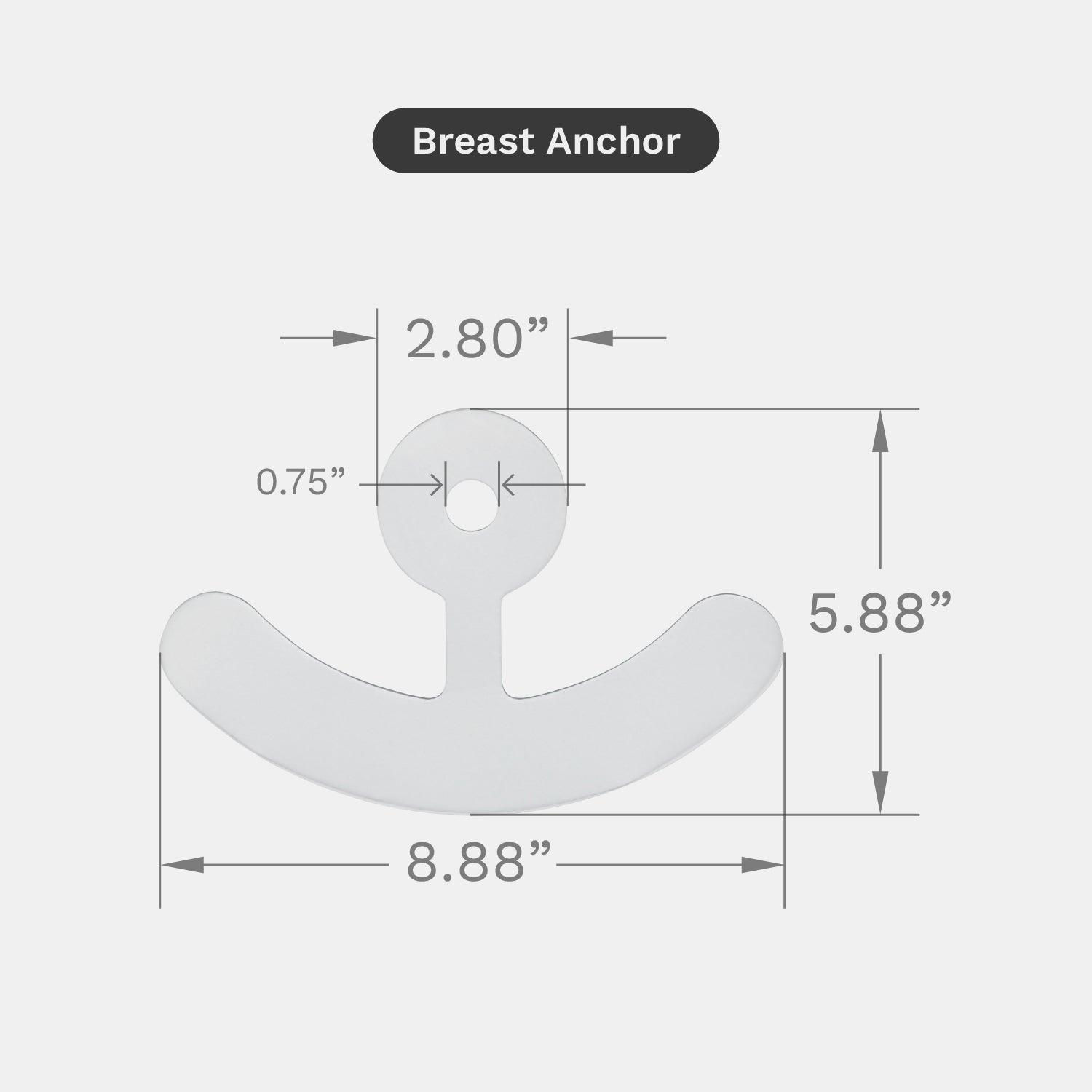
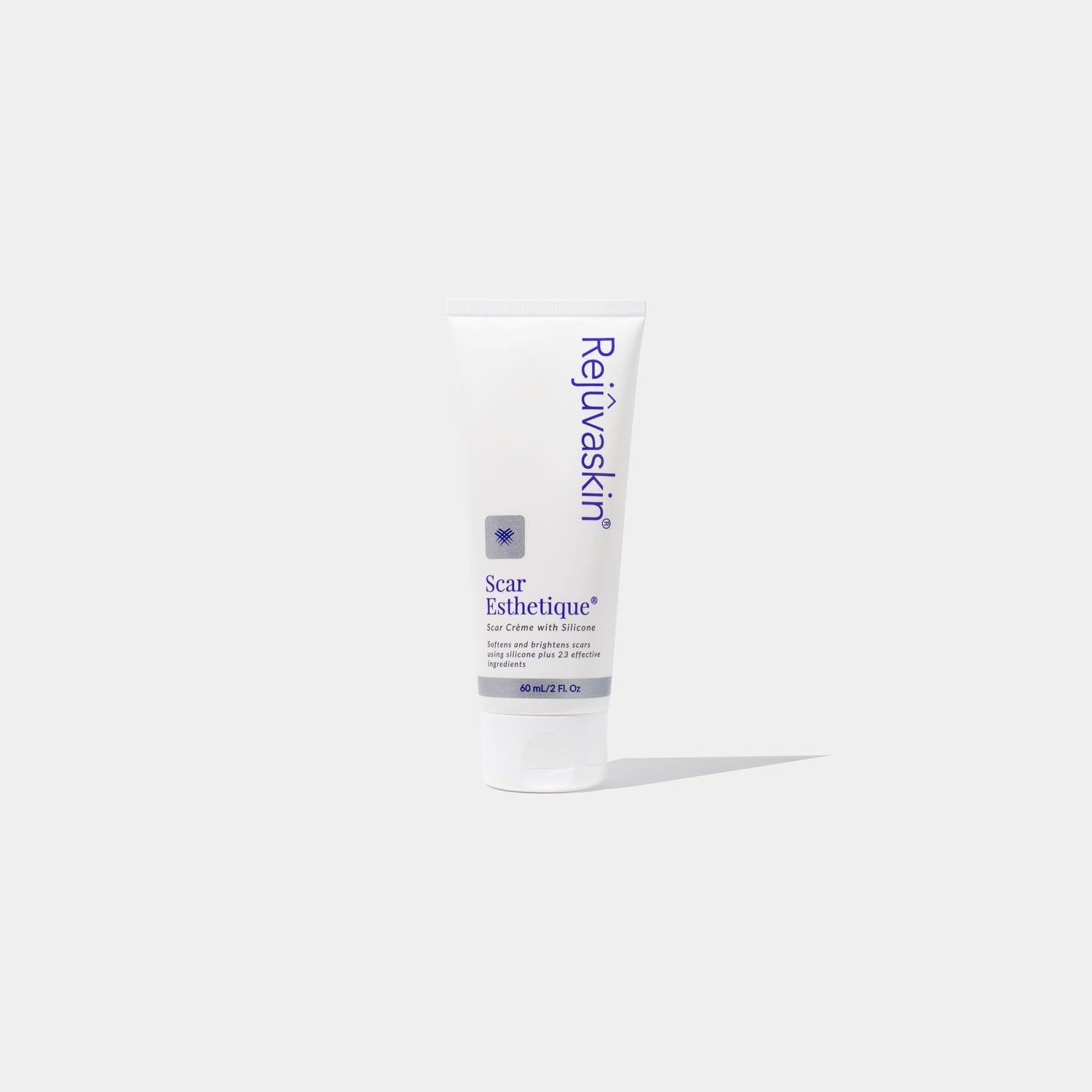
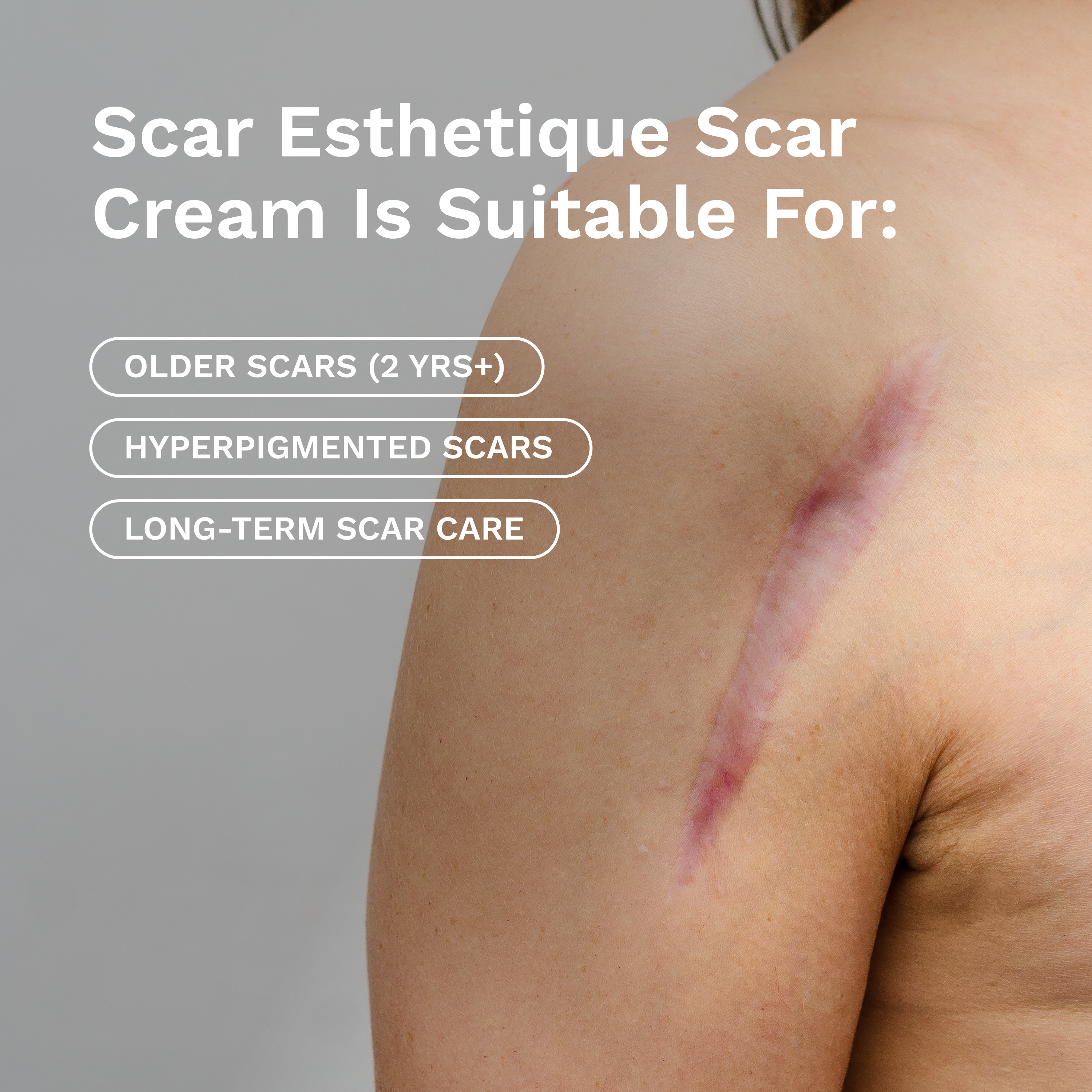








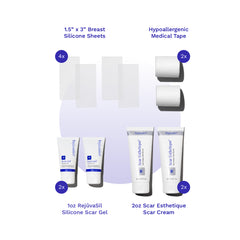
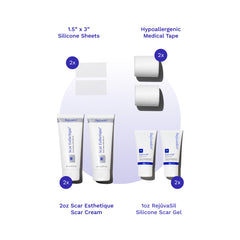

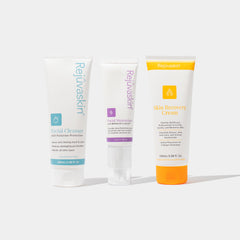

Leave a comment